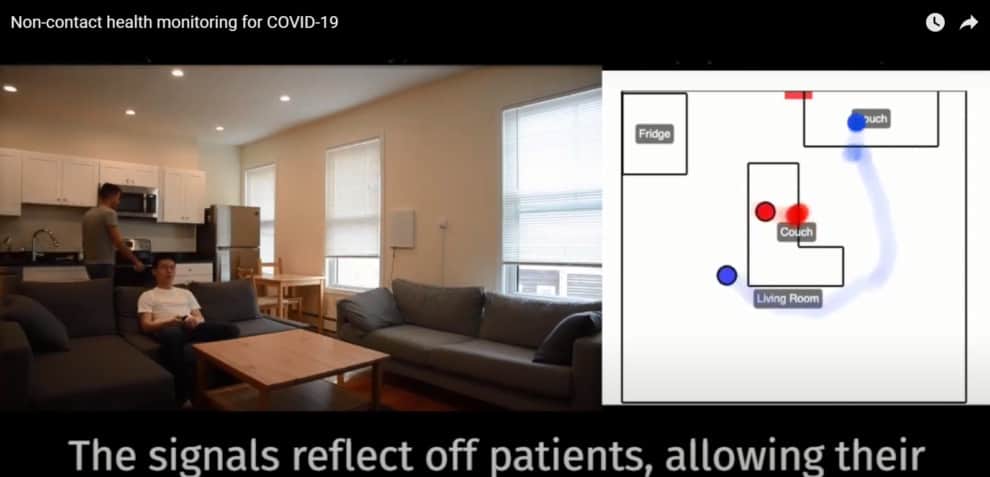Coronavirus is continuing to spread across the world with more than 2 million cases, and over 127 thousand fatalities recorded so far. Amidst all of that, a few unprecedented challenges, including social distancing, have been presented for healthcare staff. While it can be difficult for them to exercise social distancing while treating illness, MIT has come up with a Wireless Box to help them.
With the high numbers of people that have tested positive, the option to stay at home is the best for everybody. That won’t only reduce the already excessive demands from hospitals in some areas, but also prevents further spreading. But, how then can infectious people get the attention of doctors and nurses while lying at home?
Early this week, MIT’s Computer Science and Artificial Intelligence Laboratory (CSAIL) announced the development of a Wireless Box. The purpose of this monitor is to assist doctors in monitoring Coronavirus patients remotely. The device, also known as Emerald, is an opt-in system that looks like a WiFi router mounted to the patient’s wall. Developed by professor Dina Katabi of MIT and some of her research team at CSAIL, Emerald analyzes the wireless signals in the environment utilizing AI. The emitted wireless signals, about 1000 times lesser than smartphone radiation, then help in detecting different activities, including sleep patterns, movements, and breathing of Coronavirus patients.
MIT Wireless Box Tested Effective
Currently, after obtaining consent, the system is being tested at the Heritage Assisted Living facility outside of Boston. The interesting thing about the system is that it non-invasively monitors the patient’s health and reports data of activities being carried out to the doctor. The MIT Wireless Box’s data gathered so far showed the patient’s breath rates per min and also how the patient was able to move quickly around the home as he/she recovered.
While testing is ongoing, some people have lauded the efforts of Prof. Dina Katabi and her research team in the fight against the spread of Coronavirus.
Here are some of the comments:
“When doctors have to interact directly with patients to conduct exams or monitor vital signs, each step along the way represents an increased risk that they will get infected,” says Vahia, an assistant professor of psychiatry at Harvard Medical School.
“Given how Emerald can generate important health data without any patient contact, it could minimize the risk that doctors and nurses will catch the disease from their patients.”
Also, apart from detecting activities like sleep patterns, movements, and breathing, MIT Wireless Box can detect most of the unnoticed respiratory problems. That is discovered following the test carried out by Dr. Ipsit Vahia on a patient suffering from anxiety, sleep apnea, and insomnia.
